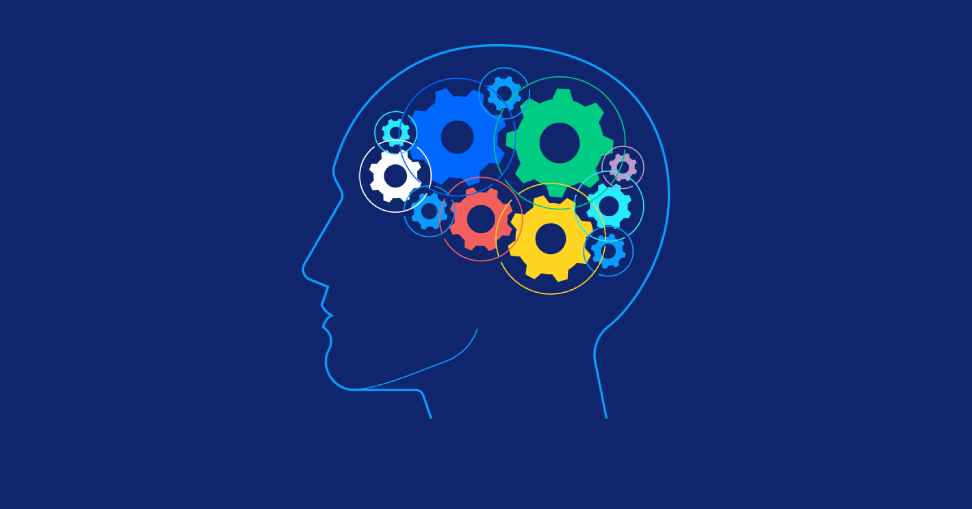Alphaexch247, Kabook Login, VL Book: When it comes to the impact of colors on emotions, it is essential to understand the psychological effects that different hues can have on individuals. Colors have the power to evoke specific feelings and responses, ranging from calmness and serenity to energy and excitement. For example, blue is often associated with tranquility and peace, while red is known to stimulate feelings of passion and intensity.
Moreover, the interpretation of colors can vary depending on personal experiences and cultural backgrounds. While yellow may symbolize optimism and happiness in one culture, it can represent caution or deceit in another. This highlights the importance of considering the cultural context when analyzing the emotional impact of colors. By understanding these nuances, you can effectively harness the power of colors to evoke the desired emotional responses in your design or space.
� Blue is often associated with tranquility and peace
� Red is known to stimulate feelings of passion and intensity
� Interpretation of colors can vary depending on personal experiences and cultural backgrounds
� Yellow may symbolize optimism and happiness in one culture, but caution or deceit in another
� Consider the cultural context when analyzing the emotional impact of colors
Cultural Considerations: How Color Meanings Vary Across Different Societies
Within various societies and cultures, the interpretation of colors can differ significantly, leading to diverse connotations and meanings. For example, while white is often associated with purity and weddings in Western cultures, it can symbolize mourning or death in parts of Eastern Asia. Likewise, the color red holds contrasting meanings across different societies; in Western cultures, red can signify passion and love, while in some African nations, it represents vitality and spiritual energy.
Understanding these variations in color meanings is crucial when considering global branding or communication strategies. By recognizing the cultural nuances attached to different colors, businesses can tailor their marketing efforts to resonate more effectively with specific target audiences. This awareness can prevent unintentional negative associations and ensure that the intended message is communicated in a culturally sensitive manner.
Color Associations: How Certain Colors Evoke Specific Feelings and Memories
Tigerexch247, GX247, Mglionbet: The color red is often associated with strong emotions such as passion, power, and energy. When people see the color red, it can evoke feelings of excitement, love, or even danger. Red is a popular choice for branding and marketing as it can create a sense of urgency and grab the viewer’s attention.
On the other hand, the color blue is often linked to feelings of calmness, trust, and stability. When people see the color blue, it can evoke a sense of peace and tranquility. Many healthcare institutions and tech companies use blue in their branding to convey a sense of reliability and professionalism.
How does color theory impact our emotions?
Color theory suggests that different colors can evoke specific emotions and feelings in individuals. For example, warm colors like red and orange are often associated with energy and excitement, while cool colors like blue and green are more calming and soothing.
Are color associations universal or do they vary across cultures?
Color associations can vary across cultures and societies. For example, while white is often associated with purity and innocence in Western cultures, it can symbolize mourning in some Eastern cultures. It’s important to consider cultural context when interpreting color meanings.
Can certain colors trigger specific memories?
Yes, certain colors can evoke specific memories or associations based on personal experiences. For example, seeing the color green may remind someone of a relaxing day spent in nature, while the color red might bring back memories of a passionate moment.
How can I use color associations to create a certain mood or atmosphere?
Understanding the emotional impact of different colors can help you create a specific mood or atmosphere in your surroundings. For example, using shades of blue and green in a room can create a calming and peaceful environment, while incorporating red and orange can energize and stimulate creativity.
Are there any common misconceptions about color associations?
One common misconception is that all individuals will have the same emotional response to a specific color. In reality, personal experiences and cultural influences can greatly impact how we perceive and interpret colors.
Have A Look :-
- Is Temu Legit? Read Here!
- Is It Safe To Use Manganato?
- Watch New Movies On GoMovies! Is It Safe To Use GoMovies?

